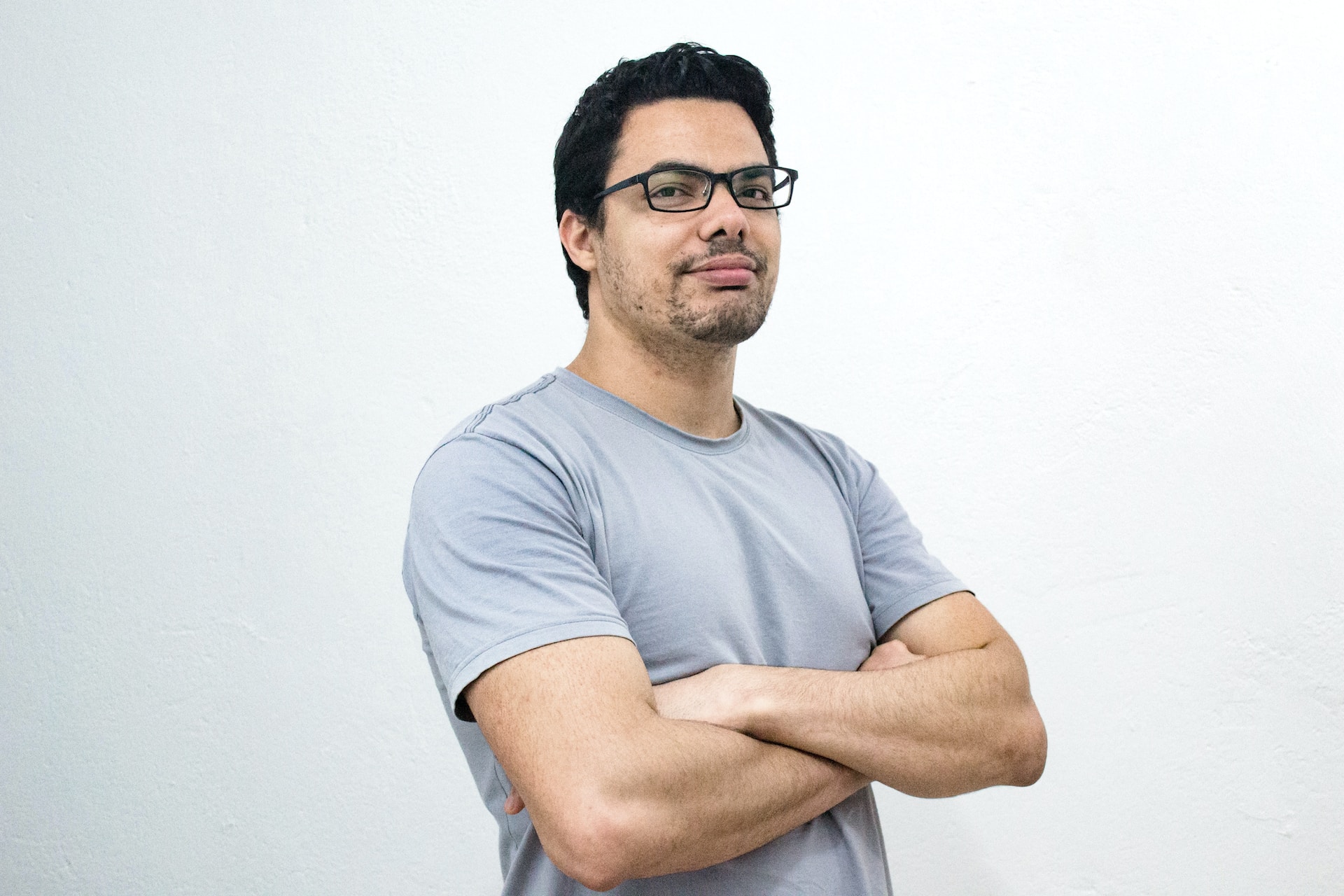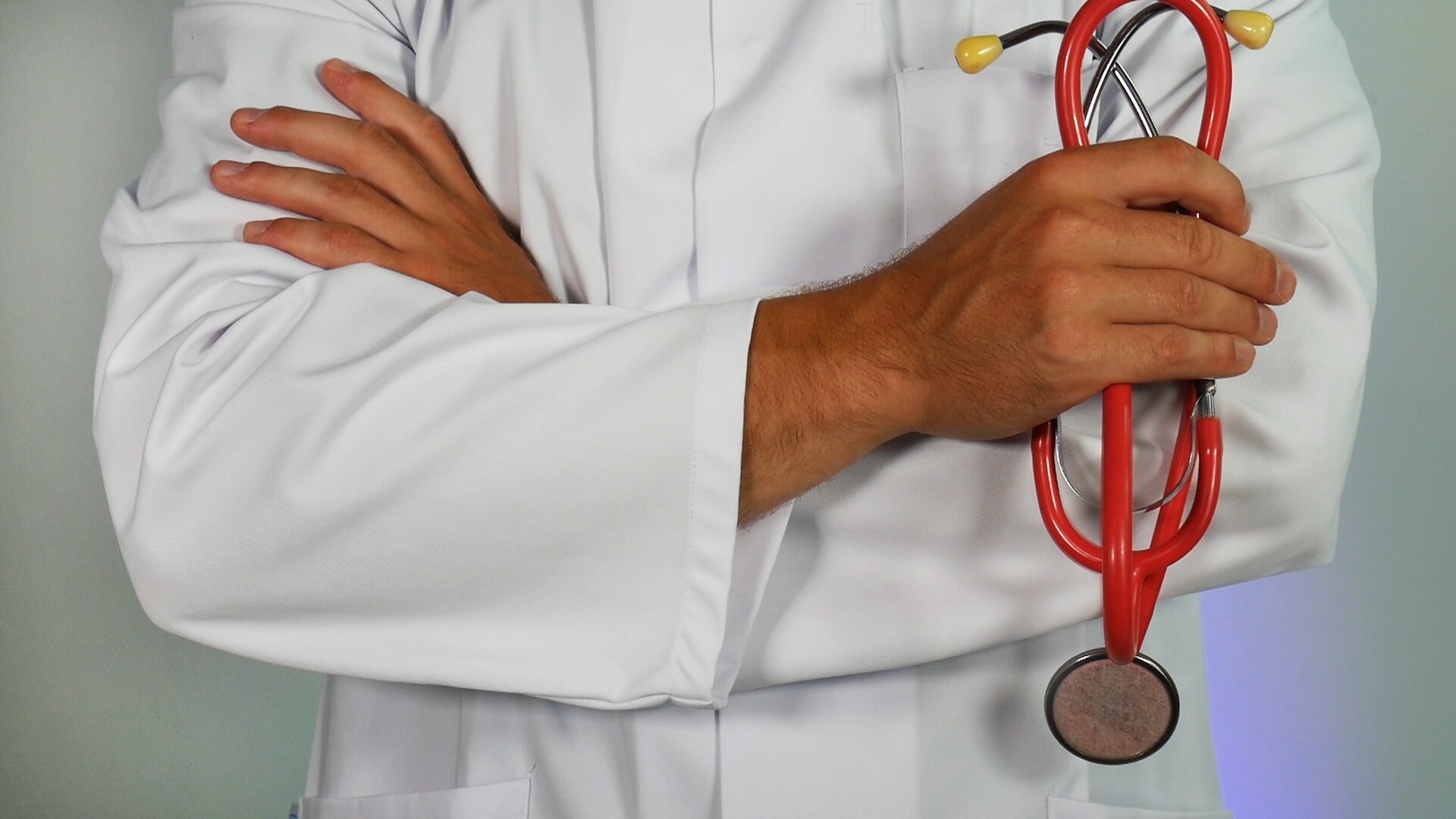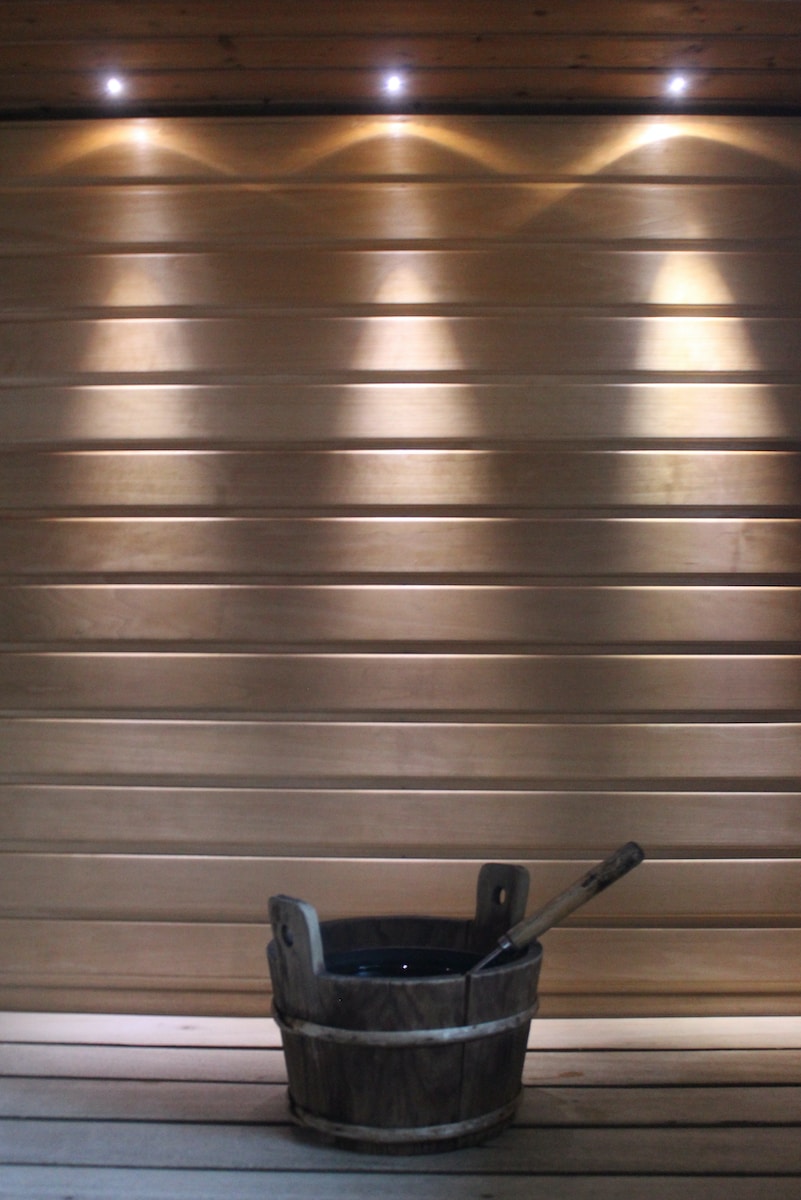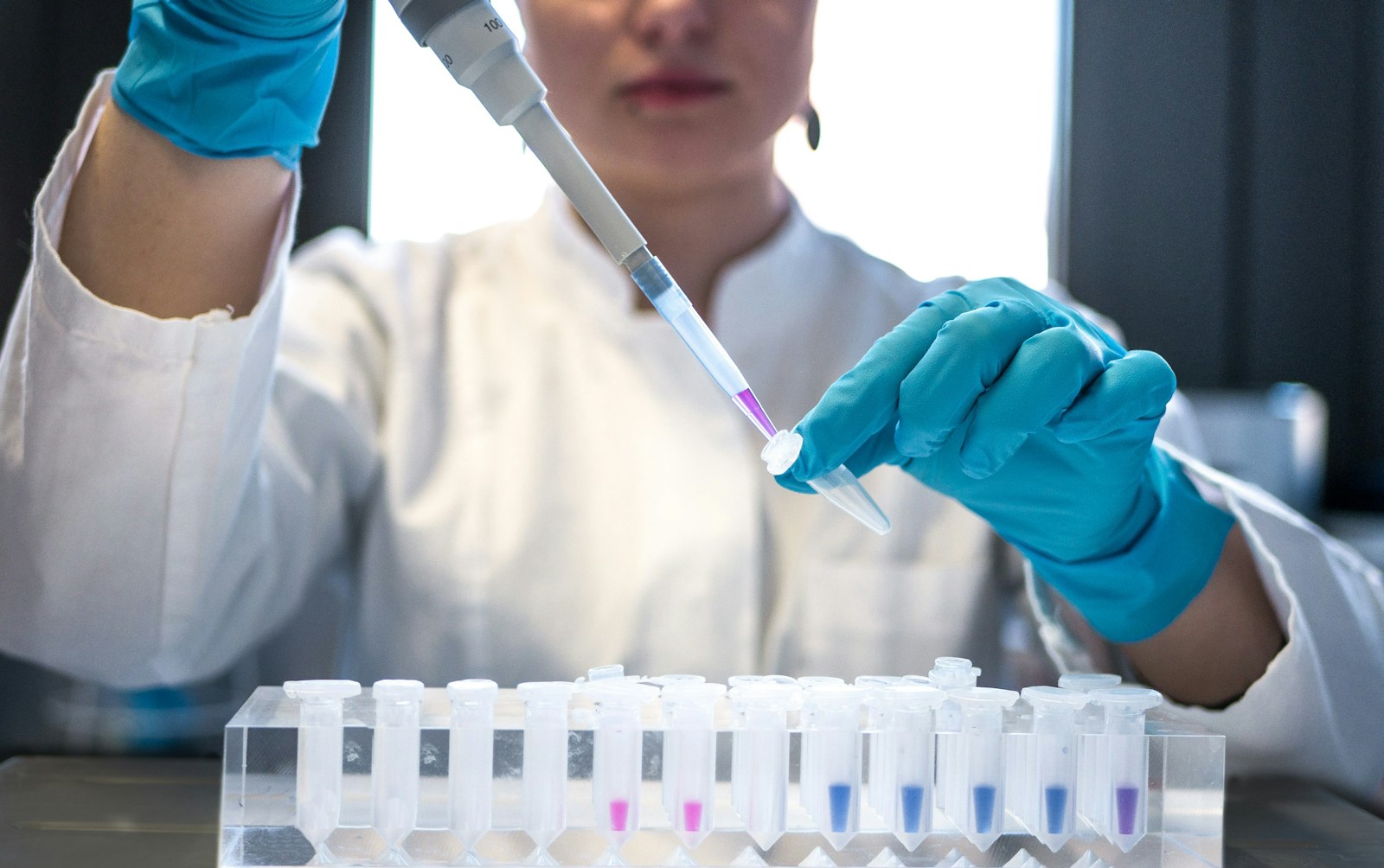The medical marijuana initiative across many states in the U.S. has made medical cannabis readily accessible to those with certain medical conditions. If your state has a medical marijuana program and you suffer from a qualifying medical condition, you can get approved to use medical cannabis.
In Minnesota, there are 19 qualifying conditions that make you eligible to receive medical cannabis. These include chronic pain, Alzheimer’s disease, cancer, glaucoma, and PTSD. You can find the complete list of conditions on the state’s Department of Health website under the medical cannabis tab.
Being approved for medical marijuana in Minnesota is one thing, but for many, the high cost of cannabis products makes accessing the plant challenging. A $200 annual registration fee is also charged for the Minnesota medical marijuana card, which patients need to visit licensed dispensaries. So what about those of us with little money to spare? Are there medical marijuana solutions on a budget?
What Can You Get with a Minnesota Medical Marijuana Card?
Before discussing the issues surrounding the expensive nature of MMJ in Minnesota, let’s learn a little more about what having a card entitles you to. In MN, you can purchase what is classified as a 90-day supply once you get your medical marijuana card.
This means there is no ‘set in stone’ limit since it will vary from one person to the next. Incidentally, there are over a dozen cannabis patient centers in the state. Yet, if you live in a rural area, you face a potentially lengthy drive to get your medicine. Thus, you need to add the time and cost of such a journey to the overall cost of the marijuana.
The High Cost of Medical Marijuana in Minnesota
Since medical marijuana was legalized in Minnesota in 2014, affordability has been a big topic of discussion. The North Star State has some of the most restrictive medical cannabis laws, making cannabis unaffordable and inaccessible to much of the population.
The state’s two producers, LeafLine Labs and Minnesota Medical Solutions, noted that regulatory burdens made lowering prices impossible.
One of the main issues was that the program didn’t allow marijuana to be smoked or sold in plant form. It could only be sold as liquid, oil, or pills, meaning higher production costs for manufacturers.
However, the state recently approved the use of marijuana flower for smoking and edible products, with the goal of reducing the overall cost of products. As of March 2022, patients can access smokable medical cannabis, and gummies and chews hit the shelves in August 2022, giving patients a more affordable way to access medical cannabis.
But it’s not just the price of medical marijuana in Minnesota that creates a barrier. Patients must pay a fairly high cost before they get their hands on the MMJ card. The process involves a consultation with a licensed physician, which can cost around $200. Incidentally, there are services such as MMJCardOnline that can trim this cost, with a money-back guarantee in place if you’re not approved by the doctor.
Once you have the doctor’s certification, which is necessary to complete the application, you must pay a $200 registration fee. In general, this fee is between $50 and $100 in most other states with medical marijuana programs. Alas, Minnesota is among the most expensive states in terms of application fees. Moreover, you need to spend this money annually.
In recent years, Minnesota lawmakers have made concerted efforts to ensure that MMJ is more affordable to patients with a limited budget.
How Minnesota Is Cutting the Cost of MMJ
If you live in Minnesota and happen to be on a public program, such as SSD, SSI, or MinnesotaCare, there’s a chance you’re eligible for a discount, which would cut the registration fee to $50, a full $150 less than the standard fee.
Recreational cannabis was recently legalized in the state, and this should, in time, help to reduce the overall cost of marijuana in MN. There are also several relevant changes that should ensure it becomes easier to apply for an MMJ card in Minnesota.
For instance, patients no longer have to pay the application fee annually as of July 2023. Thus, you only need to pay $200 on one occasion. Moreover, starting in 2025, there will be an increase in the validity of doctor’s certifications from one year to three years. Therefore, you won’t have to pay for a doctor’s evaluation every year.
Once the recreational marijuana market takes off, there will be a substantial increase in supply and demand. Assuming that the supply exceeds the demand, which is usually the case in states with adult-use cannabis, there should be a natural reduction in prices.
Saving Money on Medical Marijuana in Minnesota
For those seeking to save some extra money on medical marijuana in Minnesota, here are a few tips.
- Use the lowest effective doses: While this takes a bit of trial and error, it’s worth it. Like other medications, higher-potency marijuana products are more expensive. Therefore, you want to find the lowest dosage that works for you and microdose. Microdosing works on the idea that “less is more” and entails consuming a small dose of cannabis regularly.
- Experiment with timing your doses: Your body may be more receptive to cannabis at certain times of the day. Again, this will take some trial and error. But if you figure out when to consume MMJ to get the most out of the product, you can maximize the effects.
- Shop around: Visit different stores to get an idea of reasonable price points for medical marijuana in Minnesota.
Final Thoughts
If you live in Minnesota, you’re likely aware of how expensive medical marijuana is in the North Star State and may be seeking budget options. Fortunately, since the legalization of recreational marijuana, there is hope for better-priced MMJ products.
Minnesota offers a reduced registration fee for low-income residents. The state has also implemented an extended renewal time, meaning residents only need to get a medical recertification every three years instead of annually. Additionally, marijuana flower and edible products are now allowed and are helping to bring down the overall cost of medical cannabis.
There are also a few ways to shop on a budget, such as buying products in your lowest effective dose range and determining what time of day to maximize the effects.






